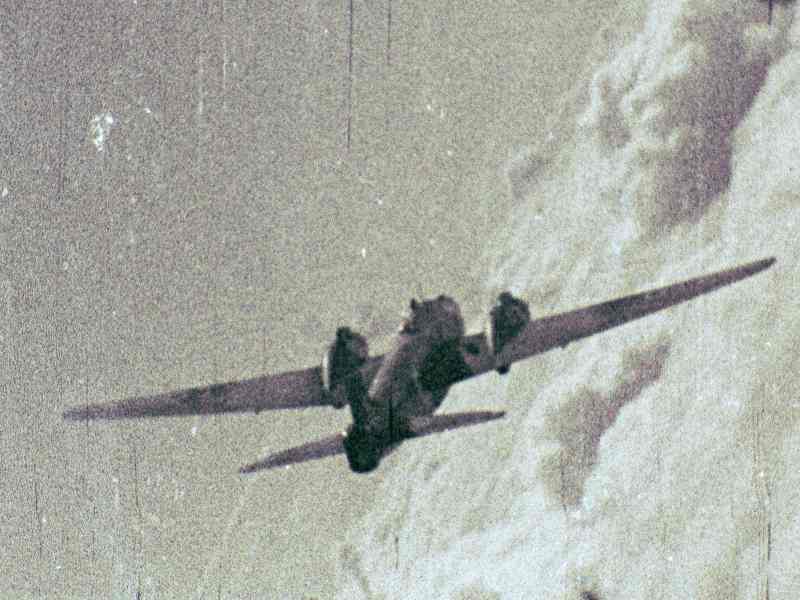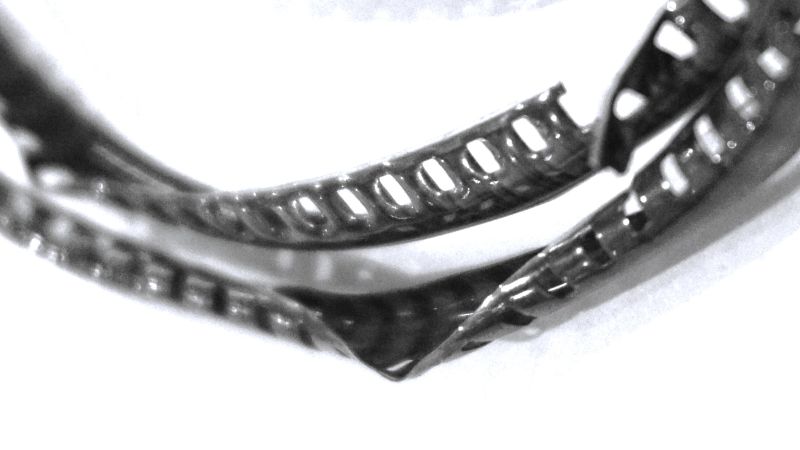Upscale Standard definition video to high definition
To upscale or not?
Experience has shown that the better the content to begin with, the better the end result. We’ve seen extraordinary results using a combination of real time hardware-based upscaling techniques used in conjunction with AI tools. The more information the AI systems have to work with, the better the result.
Hardware upscaling as the name suggests is the use of sophisticated pieces of hardware to convert and upscale video content in real time.

The process is all digital and starts with the conversion of the analogue video signals to a serial digital signal (SDI). Thereafter the SDI signal is routed through various pieces of hardware for scaling, frame rate conversion, format conversion and recording.

Waveform monitors and vector scopes ensure that accepted industry standards are met prior to being digitized.
Why “fix it in post” when it can be done right the first time.

SD video has an aspect ratio of 4:3 whilst HD content is generally 16:9 – the rescaling process will resize the video within the frame. SD 4:3 content will be centered in the frame with black bars down each side. Pictured is a 4:3 image in a 16:9 frame. If the original content is 16:9 or anamorphic it can be extended to fill the frame.
Relative size of the video formats
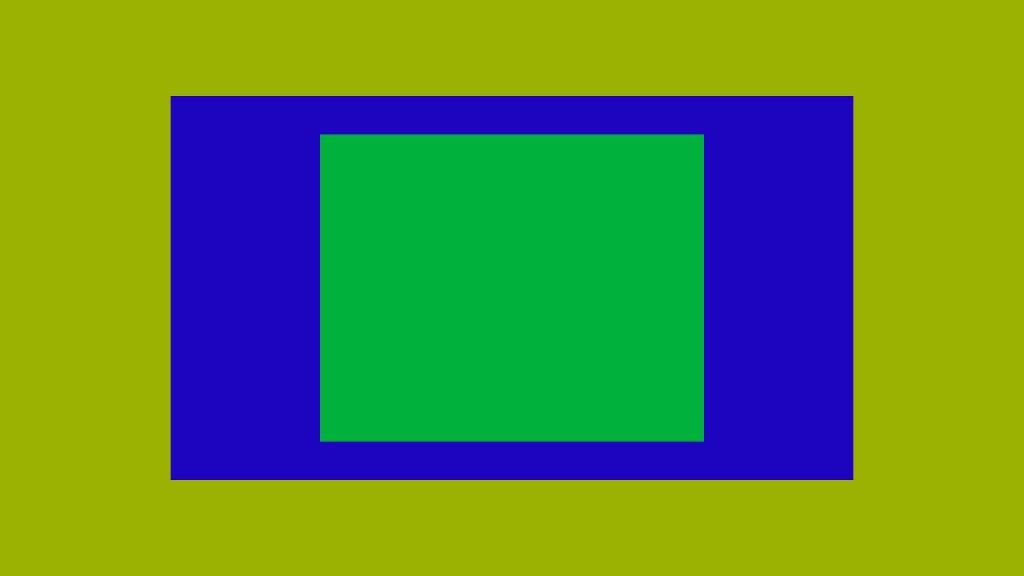
This picture shows the relative sizes of the video formats.
- SD Video – 720 x 576 – Green
- HD 720 – 1280 x 720 – Blue
- FHD 1920 x 1080 – Light Green
Progressive vs Interlaced
Another advantage to upscaling is that the image is automatically deinterlaced, meaning that interlaced formats such as PAL 576i are converted to a progressive format and the lines associated with interlaced formats are removed.
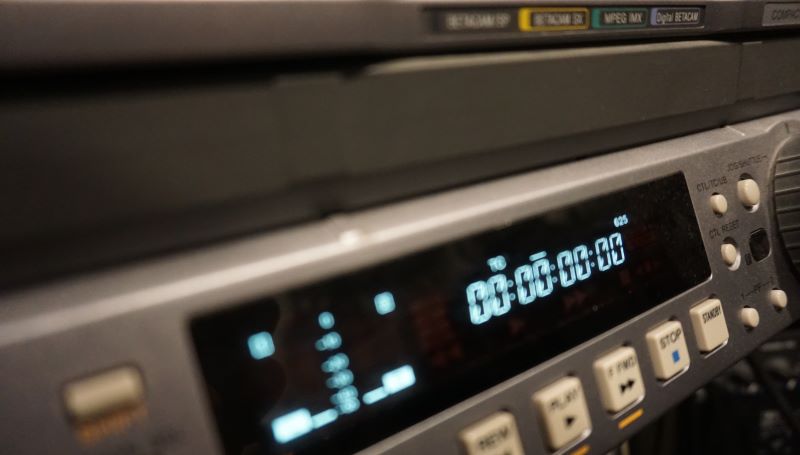
High resolution digital formats tend to scale up really well. Formats such as DVCAM, DVCPRO and Digital Betacam (Digi Beta) work really well when scaled up to either 720p or 1080p.

DV formats are converted from native firewire (IEEE1394) to SDI and then scaled.
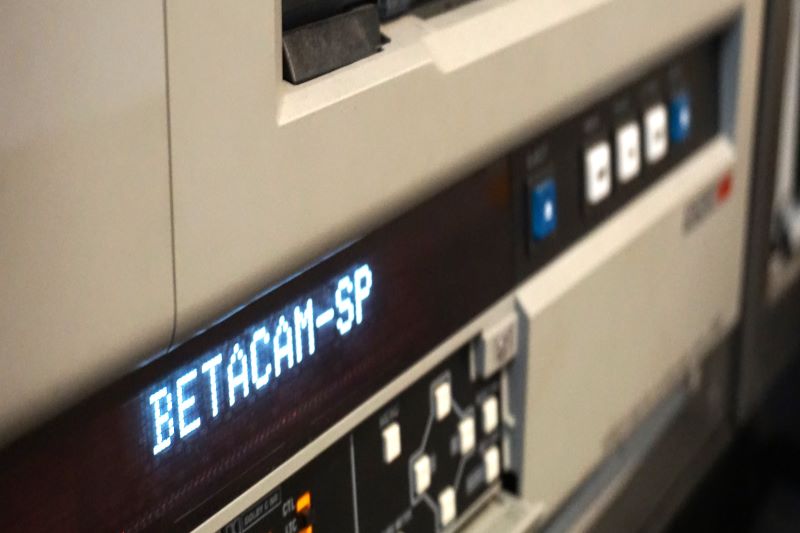
For analogue formats such a Betacam SP, Umatic and SVHS, we use a range of analogue to SDI converters to ensure any potential losses are kept to an absolute minimum.
Audio signals are embedded at source and level adjustments are made if required.
Recording of the video signals is done with industry standard standalone hard disk recorders.
Our upscaling service can upscale almost any SD video (PAL 50 or NTSC 60) format to the following HD formats.
- 720p50 (1280 x 720 – 50p)
- 1080p50 (1920 x 1080 – 50p)
File output options
- MP4
- Uncompressed MOV 10 bit or 8 bit
- DnxHD
- ProRes 422
External storage is required for larger file types. We can supply hard drives to suit, or you are welcome to supply your own.
We offer a range of hard drives for various applications.
- SATA SSD drives for use as an internal hard drive or with a SATA dock.
- USB C external drives – SSD in encolsures
For more information on our upscaling service please contact us.












